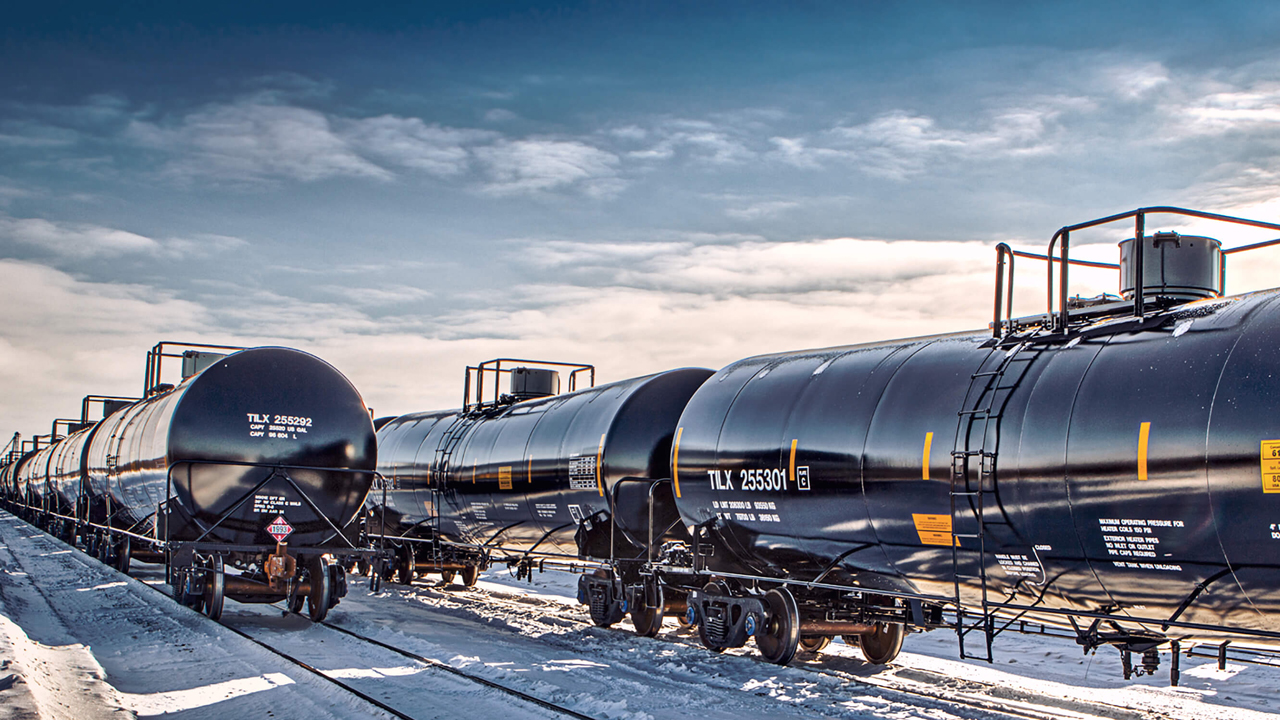
PHMSA Issues ‘International Harmonization’ Rule
Written by Marybeth Luczak, Executive Editor
(Photograph Courtesy of TrinityRail)
The Pipeline and Hazardous Materials Safety Administration (PHMSA) is amending Hazardous Materials Regulations (HMR) to harmonize U.S. laws with numerous international standards, including better alignment with Transport Canada’s Transportation of Dangerous Goods Regulations.
PHMSA said its Final Rule, published in the July 26 Federal Register, “improves safety, streamlines the transport of hazardous materials, including medical supplies, batteries, and components used in manufacturing, and encourages shippers to package goods more efficiently.”
The rule amends the HMR “to authorize the highway or rail transportation of a hazardous material within the United States pursuant to a temporary certificate issued under Transport Canada’s Transportation of Dangerous Goods Regulations (TDG Regulations).” It also includes updated standards for the manufacture, use and certification of pressure vessels that are used for transporting essential gases for medical, manufacturing and other uses; updated requirements for the transportation of damaged or defective lithium batteries; an improved process for recycling or disposing of small gas or fuel cell cartridges; updated packaging construction provisions “to help reduce delays and interruptions of hazardous materials during transportation”; and provisions that “encourage the use of animal-friendly alternative hazard testing to reduce the prevalence of animal testing”; among other amendments.
The United States, led by PHMSA, serves as Chair of the United Nations Subcommittee on the Transport of Dangerous Goods, which is “tasked with maintaining and approving amendments to model regulations that aim to harmonize the transport of hazardous materials globally… ,” according to PHMSA. Since 1994, the agency has worked to publish international harmonization updates every few years as part of its biennial process to maintain alignment with various international standard-setting bodies, including the United Nations Recommendations on the Transport of Dangerous Goods Model Regulations; International Maritime Dangerous Goods Code; and International Civil Aviation Organization’s Technical Instructions for the Safe Transport of Dangerous Goods by Air.
“The United States is a global leader in safely and efficiently transporting hazardous materials that are essential to supporting our economy,” PHMSA Deputy Administrator Tristan Brown said. “The new rule will improve supply chains, reduce prices for consumers, and produce environmental benefits without sacrificing safety.”
Download the final rule below:
In related developments, PHMSA earlier this month issued a Request for Information on the potential use of electronic hazard communication as an alternative to physical, paper-based documents.



